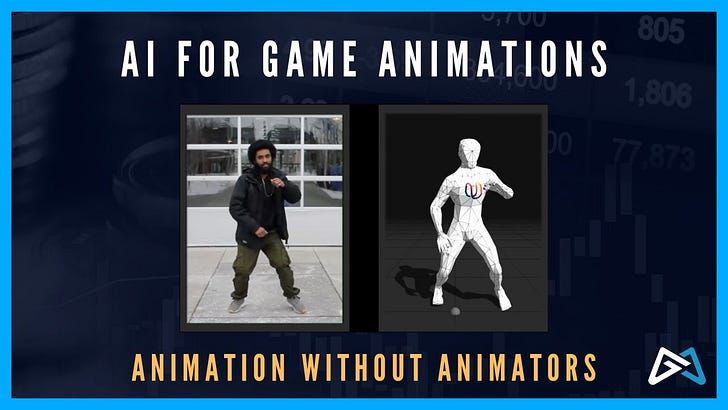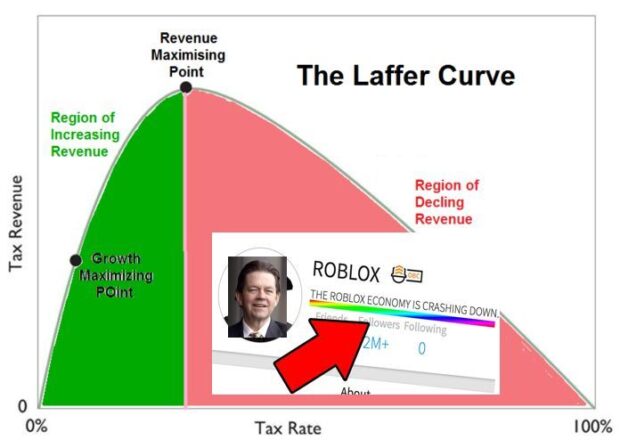
From 2 Days to 1 Hour: The AI Revolution That Could Transform Game Animation
Journal 18 Joseph Kim July 19
Inside Uthana’s mission to beat the visual Turing test for human motion, and what it means for game development.
What if you could animate game characters just by typing a text prompt or recording a quick video? In this fascinating conversation with Viren Tellis, CEO of Uthana, we explore how AI is revolutionizing game animation and making the impossible possible for indie developers.
Key takeaways from this episode:
- 50-80% time savings on animation workflows, with some tasks reduced from 2 days to just 1 hour
- Democratizing game development by enabling teams without animators to create moving characters
- The future is real-time: AI-powered NPCs that respond and move dynamically during gameplay
- Three approaches to AI animation: text-to-motion, video-to-motion, and smart library search—each solving different production challenges
Speakers:
- Joseph Kim. CEO at Lila Games
- Tarun R. Product Manager at Lila Games
- Viren Tellis. CEO and Co-founder at Uthana

Supercell’s mo.co is now global and no longer requires invites.

Hence, the huge spike in downloads.
For the game to sustain, Supercell will need to deliver on its liveops.
So how does Squad Busters liveops (see below) compare to mo.co liveops calendar and events?
Squad Busters LiveOps Calendar & Events:



AI Animation in Games: Early Days of a Promising Technology
I recently had the opportunity to sit down with Viren Tellis, CEO of Uthana, and Tarun R., Product Manager at Lila Games, to discuss the current state and future potential of AI animation in game development. What emerged was a nuanced picture of a technology that’s making real progress, even as it navigates the inevitable challenges of early adoption.
Their insights offer a valuable window into where AI animation tools stand today—and perhaps more importantly, where they’re headed as the technology matures.
The Efficiency Story: Early but Encouraging
Uthana reports 50-80% time savings on specific animation tasks. While these numbers apply to particular scenarios rather than entire pipelines, they point to meaningful progress:
Where AI animation shines today:
- Rapid prototyping and previsualization
- Automated retargeting between different rigs
- Quick access to libraries of 20,000+ searchable animations
- Initial motion concepts that accelerate the creative process
Areas still maturing:
- Production-ready final animations
- Complex stylized movements
- Character-specific personality nuances
- The refined details that define AAA quality
When Tarun described his team’s experience, they were already deep in production with completed animations, focused on final stylization tweaks—exactly the kind of refined work that still benefits from human expertise. As he noted, “animators prefer to handle those small tweaks manually.” This represents the current state, but as AI models improve and learn from more diverse data, these systems will likely tackle increasingly sophisticated animation challenges.
The Interface Challenge: A Solvable Problem
Tarun’s hands-on experience revealed an interesting challenge with text-to-motion interfaces. When trying to generate a complex sequence—a character tactically entering a room with a weapon—he found it difficult to articulate the specifics through text alone.
In Tarun’s experience: “I had a lot of friction getting into that level of specificity because I couldn’t imagine it at first.” This highlights why video-to-motion currently sees more practical use for complex animations.
But this feels like a tractable problem. As Viren noted, the models are evolving rapidly: “I encourage anyone that tried Uthana six months ago to try it again today. If you’re still not happy, try it again in another six months.” The trajectory suggests that better interfaces and more sophisticated understanding of natural language animation descriptions are on the horizon.
The Data Challenge: Building the Foundation
One of the most interesting revelations from our conversation was the training data challenge. Unlike image AI that can leverage “essentially every image on the internet,” animation AI faces a more constrained data environment. Motion capture data is expensive to produce and often proprietary.
Viren’s approach—partnering with studios for custom models—shows pragmatic thinking about how to bootstrap better data. As more studios see value in the technology, we’ll likely see a virtuous cycle: better data leads to better models, which attracts more users, who contribute more data.
This isn’t an insurmountable obstacle—it’s a classic marketplace problem that successful platforms have solved before.
Two Markets, Two Opportunities
The current adoption patterns reveal distinct value propositions emerging:
Indie developers are discovering new possibilities:
- Creating animations without traditional animation expertise
- Rapidly prototyping ideas that would have taken days
- Competing visually at a level previously out of reach
- Focusing resources on gameplay innovation
AA studios are exploring efficiency gains:
- Accelerating the ideation process
- Expanding the variety of character animations
- Reducing—though not eliminating—animator workload
- Testing “what if” scenarios quickly
The absence of widespread AAA adoption isn’t surprising for early-stage technology. But the enthusiasm from indie and AA developers suggests a bottom-up adoption pattern that often precedes broader industry transformation.
The Business Model: Designed for Experimentation
Uthana’s “unlimited creation, pay only for downloads” model struck me as particularly thoughtful. By removing friction from experimentation, they’re encouraging the kind of iterative discovery that helps creators find unexpected solutions.
Current offering:
- Free tier: Up to 20 seconds of downloads monthly
- Paid tier: Custom pricing for studios
- Philosophy: Don’t penalize creative exploration
This approach recognizes that animation is inherently iterative. As the technology improves, the hit rate will increase, but the model already supports the creative process as it actually works.
Technical Progress and Potential
While some capabilities are still in development, the roadmap Viren outlined is ambitious and achievable:
Available now:
- Text-to-motion generation in about 5 seconds
- Video-to-motion in 2-3 minutes
- Motion stitching for complex sequences
- Automatic retargeting across different rigs
Coming soon:
- Real-time motion generation
- Style transfer to match existing character aesthetics
- More sophisticated motion editing tools
- Integration with standard animation pipelines
The vision of real-time, context-responsive character animation is particularly compelling. Imagine NPCs whose movements adapt dynamically to player actions, or characters whose animation style shifts with narrative tone. We’re not there yet, but the path is becoming clearer.
Motion Stitching: A Clever Innovation
One feature that particularly caught my attention was motion stitching. Rather than trying to generate complex sequences in one go, Uthana lets animators combine shorter clips with AI-managed transitions. As Viren explained, you can “find motion A, find motion B, decide on the timing between them… and hit stitch. Ten seconds later, you have a coherent motion.”
This pragmatic approach works with AI’s current strengths while providing immediate value for creating longer sequences.
Practical Perspectives for Today and Tomorrow
For Studio Leaders:
- Start experimenting with AI animation for prototyping and ideation
- Consider it a complement to, not replacement for, your animation team
- Watch for rapid improvements in quality and capability
- Plan for a future where animators become directors of AI-generated content
For Product Managers:
- Use AI tools to test animation concepts quickly
- Apply them to background and crowd characters first
- Build familiarity with the technology as it matures
- Think about how generative animation could differentiate your game
For Investors:
- The fundamentals are strong despite early-stage limitations
- Data network effects will likely determine winners
- Watch for improvements in quality and production adoption
- Consider the long-term potential for real-time generation
Looking Forward: Measured Optimism
After our conversation, I’m convinced that AI animation represents a significant opportunity for game development, even as it works through early-stage challenges. The technology isn’t ready to replace traditional animation pipelines, but it’s already proving valuable for specific use cases.
What excites me most is the democratization potential. When Viren described indie developers creating animated games without ever opening Maya or Blender, it reminded me of how accessible game engines transformed who could make games. AI animation could do the same for character movement.
The key is maintaining realistic expectations while staying open to rapid improvement. As Tarun’s experience showed, the technology has limitations today. But the trajectory is clear: each iteration gets better, each model learns more, and each update expands what’s possible.
We’re witnessing the early days of a technology that will likely transform how games get made. Not through sudden revolution, but through steady progress that gradually expands what small teams can achieve and how large teams can work more efficiently.
The animation future isn’t quite here, but it’s closer than many realize, and definitely worth watching.







